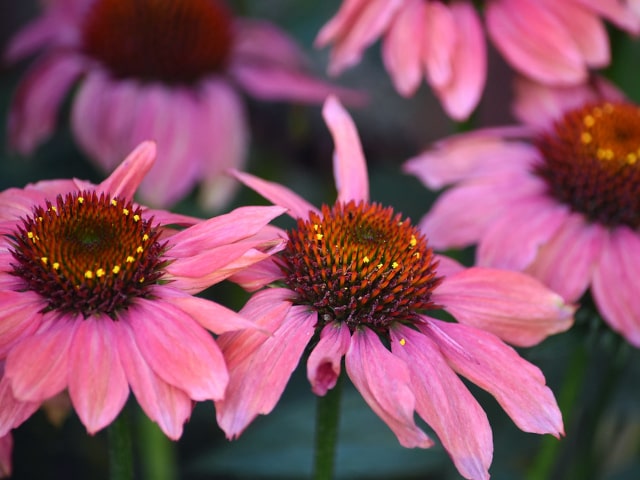
Echinacea is a plant with great looking flowers. This plant is known for its beauty and numerous health properties. You may consider growing it in your garden because of its flowers of because of its medical properties. This plant has been used as a medical herb for a long time. It can enhance your immune system and make you stronger and more resistant. In a way, it is an epitome of a herbal medicine. It's particularly popular in the last few decades.
Benefits of Echinacea
This beautiful plant is often used in supplements, chemist walls and natural healing centers. This is probably the best selling herb of the previous decades. This fame is well-deserved: this herb offers many medical benefits, especially when it comes to strengthening your immune system. It offers a nice alternative to pharmaceutical antibiotics, especially when it comes to treating Staphylococcus, Streptococcus and tuberculosis.
Echinacea is great because it can truly fight bacteria and viruses. It can be used for plant therapies so it's sure useful to have it in your garden. Echinacea is very complex and it contains many natural chemicals that play role in therapy. Some of them include polysaccharides, glycoproteins, alkamides, volatile oils, and flavonoids.
This plant was valued as a medical herb by Native Americans as well as early settlers. It was used to treat weeping wounds, boils, abscesses and snakebite. Today, this plant is well-researched and its medical reputation has been confirmed. It's proven that it can enhance immune function and studies have pointed out that Echinacea also relives pain, reduces inflammation and it has antiviral, antioxidant and hormonal effects. For all these reasons, this plant is recommended to treat a wide range of infections, hay fever, cold sores, inflammation and slow-healing wounds. There also seem to be certain results pointing out that it can help with colds and flu.
There are nine species of Echinacea, and two of them are used medicinally: Echinacea angustifolia and Echinacea purpurea. Echinacea angustifolia is the narrow-leaf form and it's considered the more potent. This one is the most cited in herbal medicine. It is typically wild-harvested in the US, which makes it more expensive. Echinacea purpurea has broad leaves and it's more common. It's also easier and faster to grow, so this is why it's recommended for home gardeners. This species is also known for its medical properties and it's highly regarded among herbalists. All the relevant chemical compounds are consistent across all the varieties. If you wish to grow Echinacea in your garden, it's advisable to grow Echinacea purpurea.
It's estimated that about 10% of all dietary supplements in the United States contain Echinacea. If you want to save money on these supplements you may try growing your own patch of Echinacea purpurea in cultivated beds in your garden.
How to Grow Echinacea
Growing Echinacea purpurea in your garden is relatively easy, since this is a strong, tolerant plant that doesn't require much of your attention. This plant is best treated as a biennial, and it's one of the reasons why it's sown from seed. Seeds can take about 3 weeks to germinate. The seeds are directly sown into trails where they wait for the spring. It's best to sow pre-soaked seed into trays in the early autumn so you can transplant them into the garden in the spring. You should expect the plant to flower before the end of the next autumn.
This plant loves sun and is tolerant to drought and wind. It requires only about 25mm of water per week during summer. When it comes to pests, beware of slugs and snails: they are its worst enemies.
It's best to harvest Echinacea purpurea's flowerheads when they are coming into flower and are about 1/12 flowering (it means that one in 12 flowers are open). When harvesting, gather a relatively huge amount of the aerial parts, such as flowerheads and buds. This is where all the active compounds are located and they are in their prime. It's best to do it early in the season so you will probably be able to get a second harvest. Also, make sure to leave some buds so the plant can flower.
How to Make the Tincture
To make the tincture, it's best to take the fresh clipping and add them to the alcohol. Choose as high a proof alcohol as you can find. The ratio should be of one part plant to two parts alcohol. Mix it carefully in the blender and then place it in a glass jar. Leave it on a sunny windowsill. You should shake it every day for about two weeks before straining out the plants material. Store the liquid in a cool, dark place.
To use the tincture for medical benefits, you should take it to boost your immune system during flu, colds, upper respiratory tract infections or bladder infections. Take the tincture 3 times a day until you feel better. Make sure not to take it for more than 7 to 10 days in a row.
You can take: 1-2 grams of dried root or herb (as tea), or 2-3 mL of standardized tincture extract, or 6-9 mL of expressed juice (succus), or 300 mg of standardized, powdered extract (containing 4% phenolics).
Your homemade tincture: 1-3 mL contains about 20 to 90 drops, while a stabilized fresh extract (0.75 mL) contains about 15-23 drops.
Additionally, you may use Echinacea creams or ointments for slow-healing wounds. If you have your own, homemade tincture, you may soak a bandage into the tincture and apply it to the wound.
Photo credit: Rachel_ B
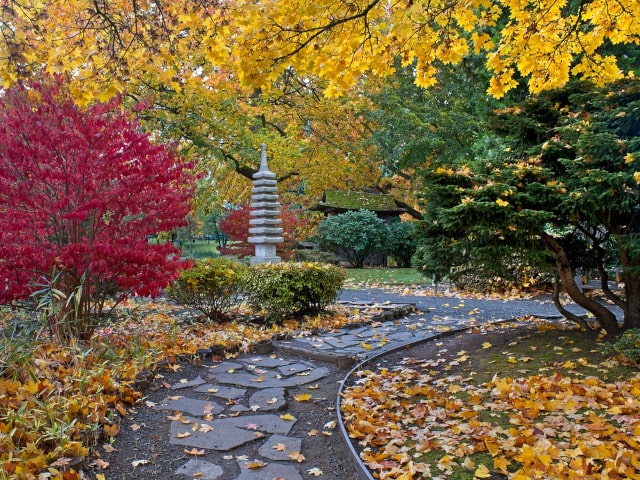
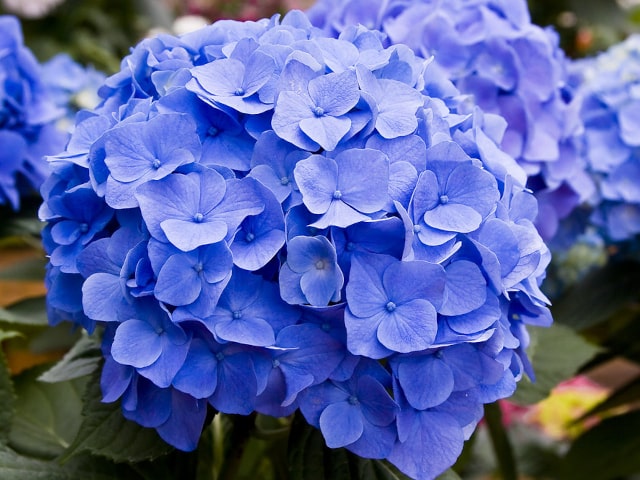
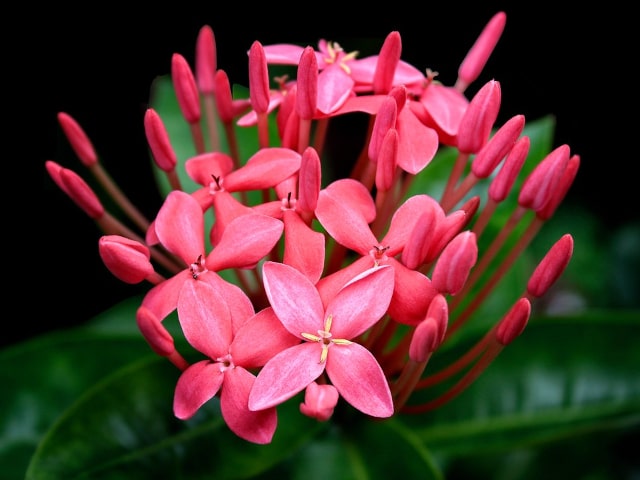
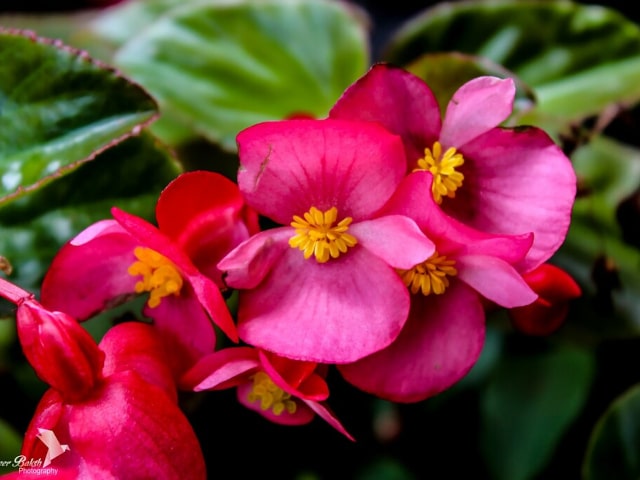
0 Comments